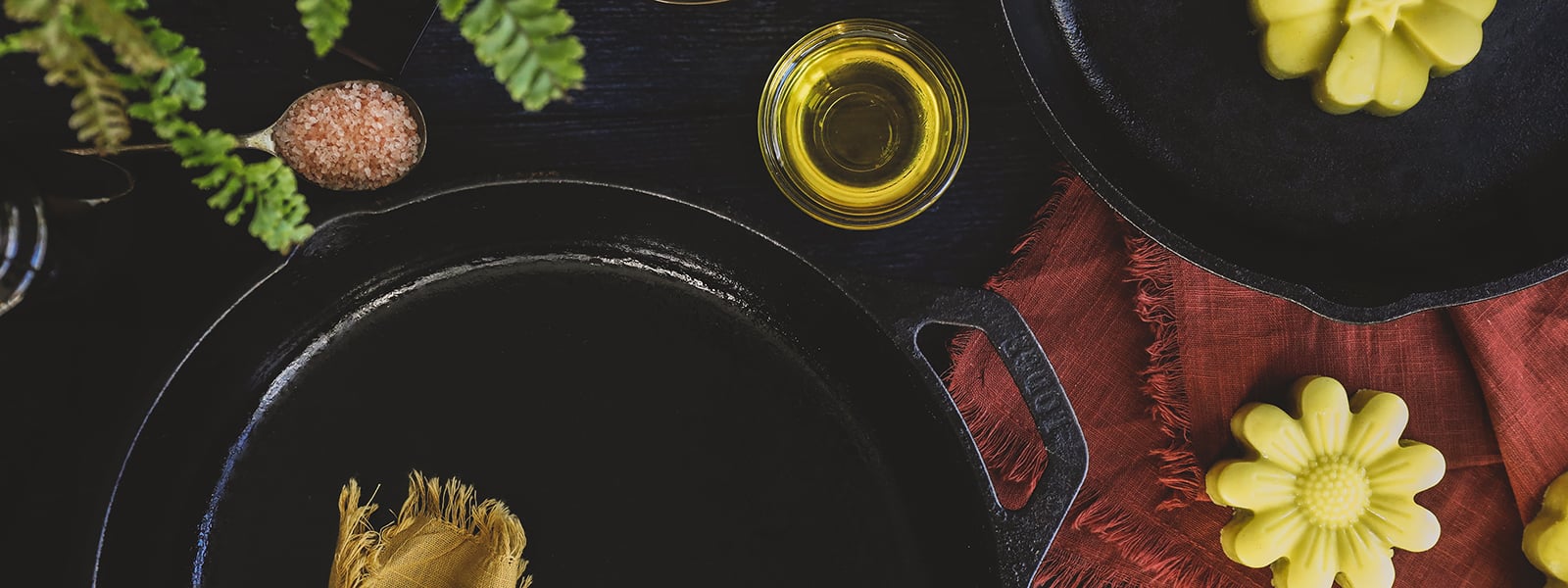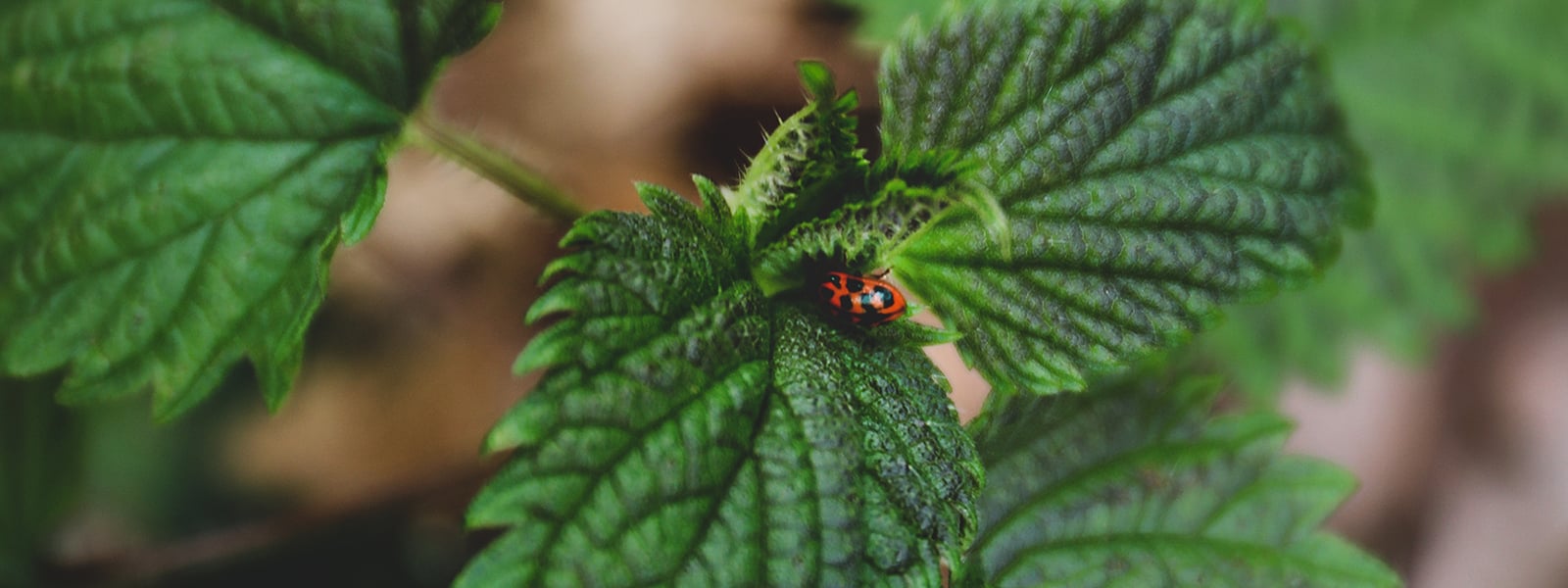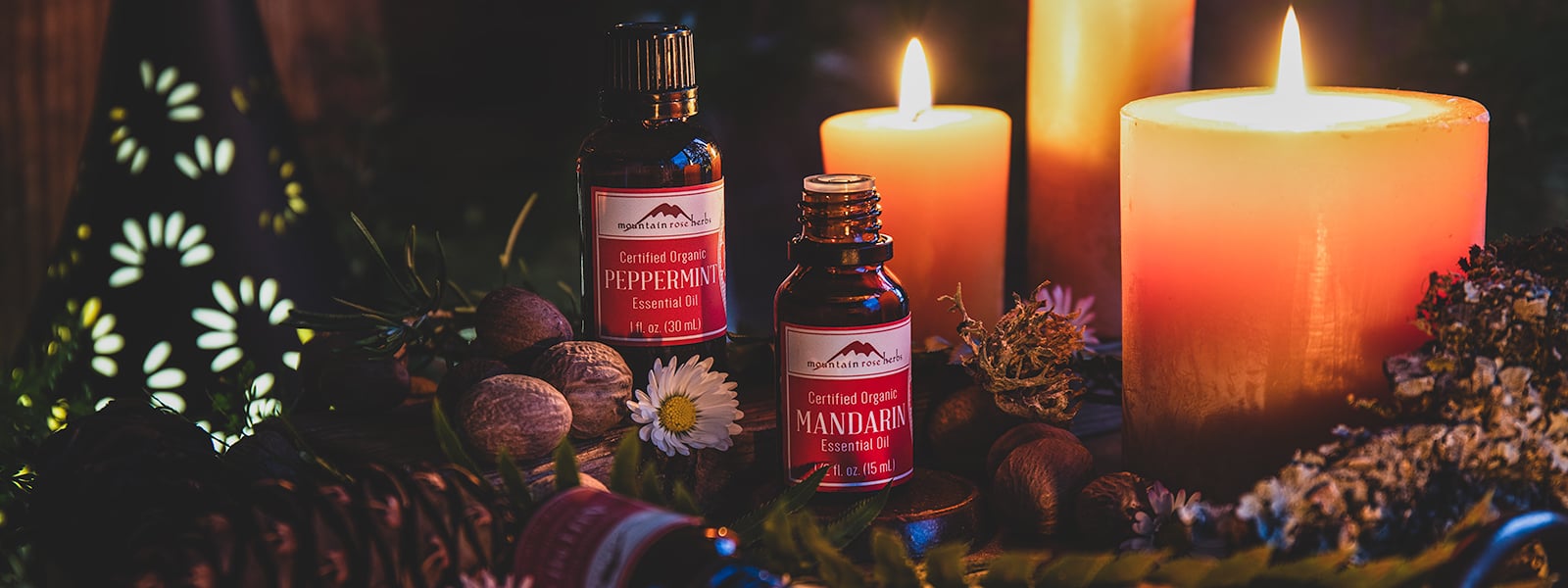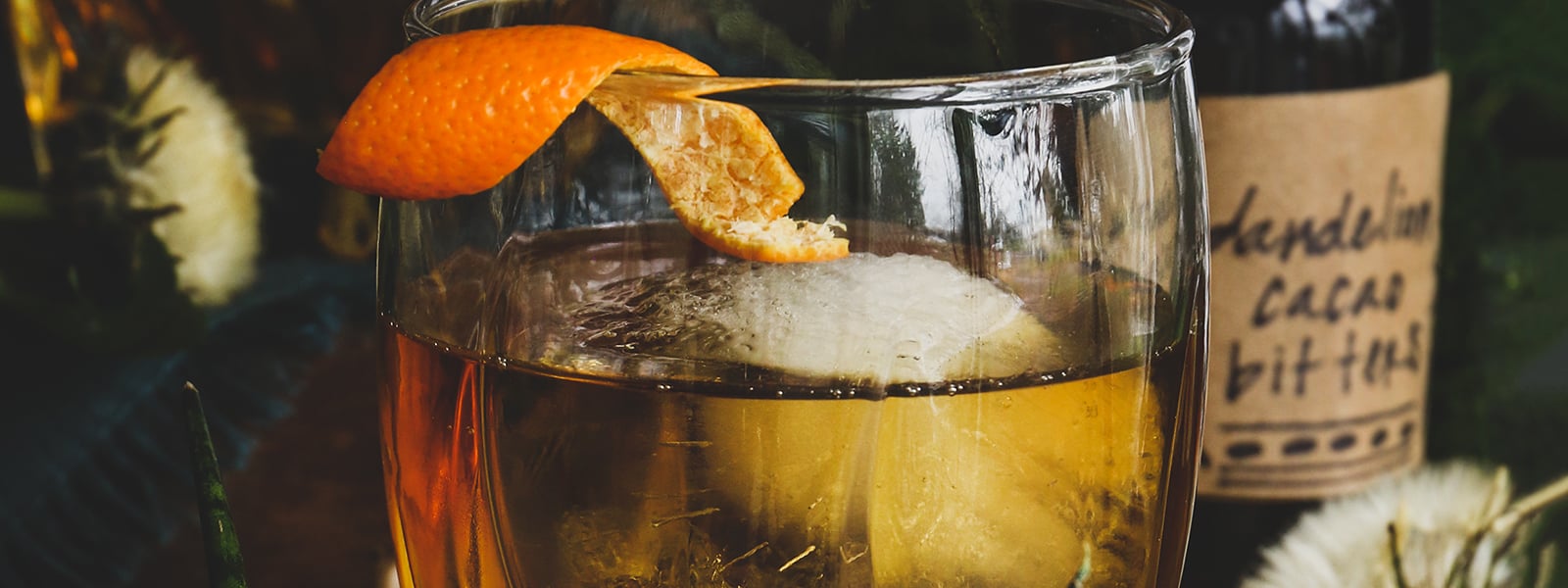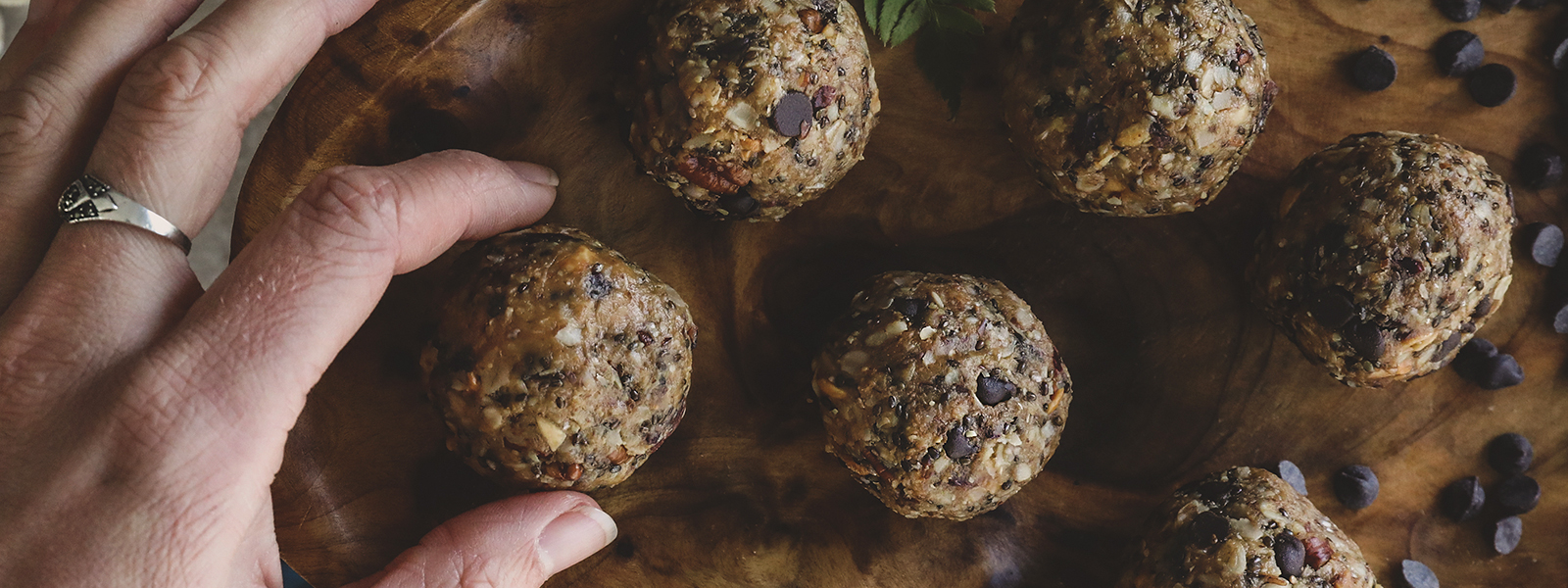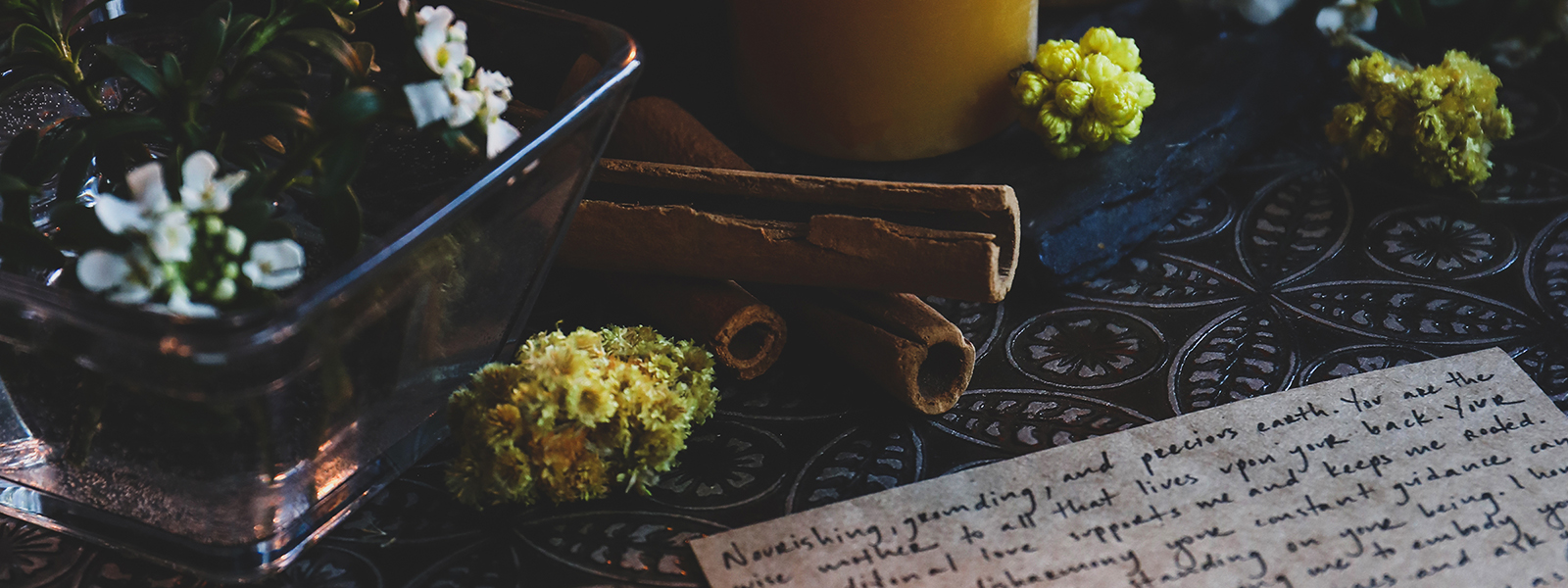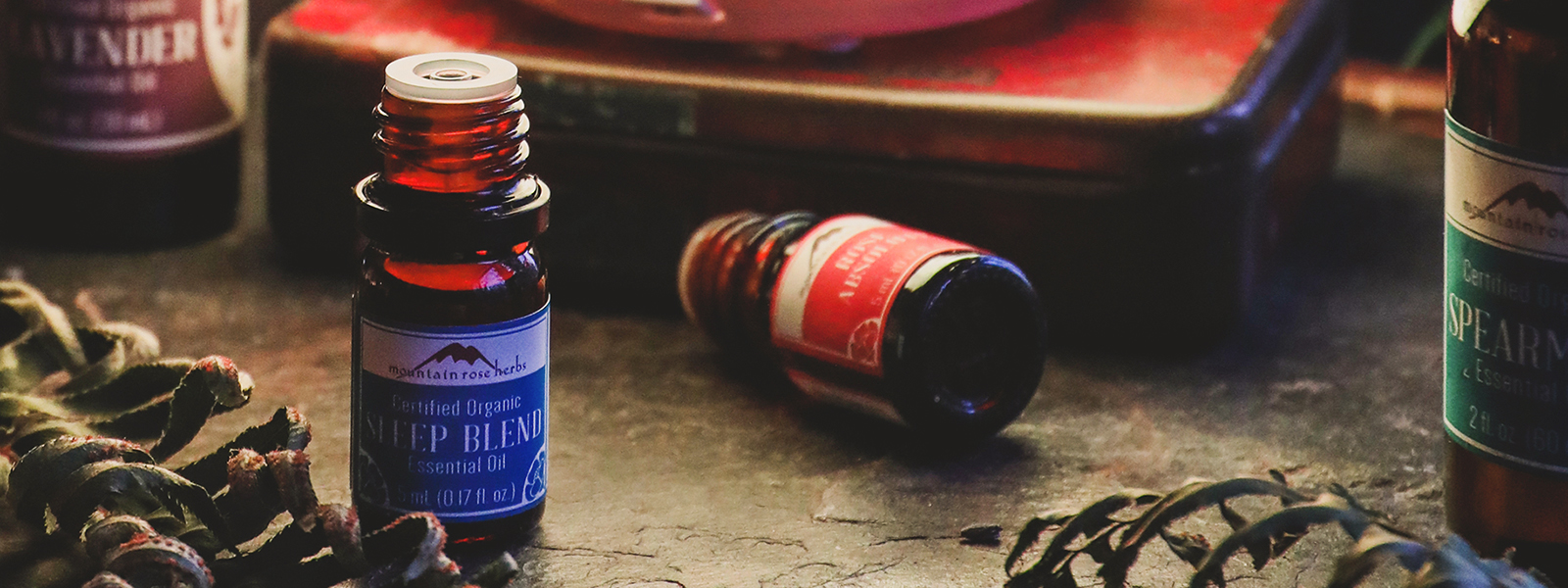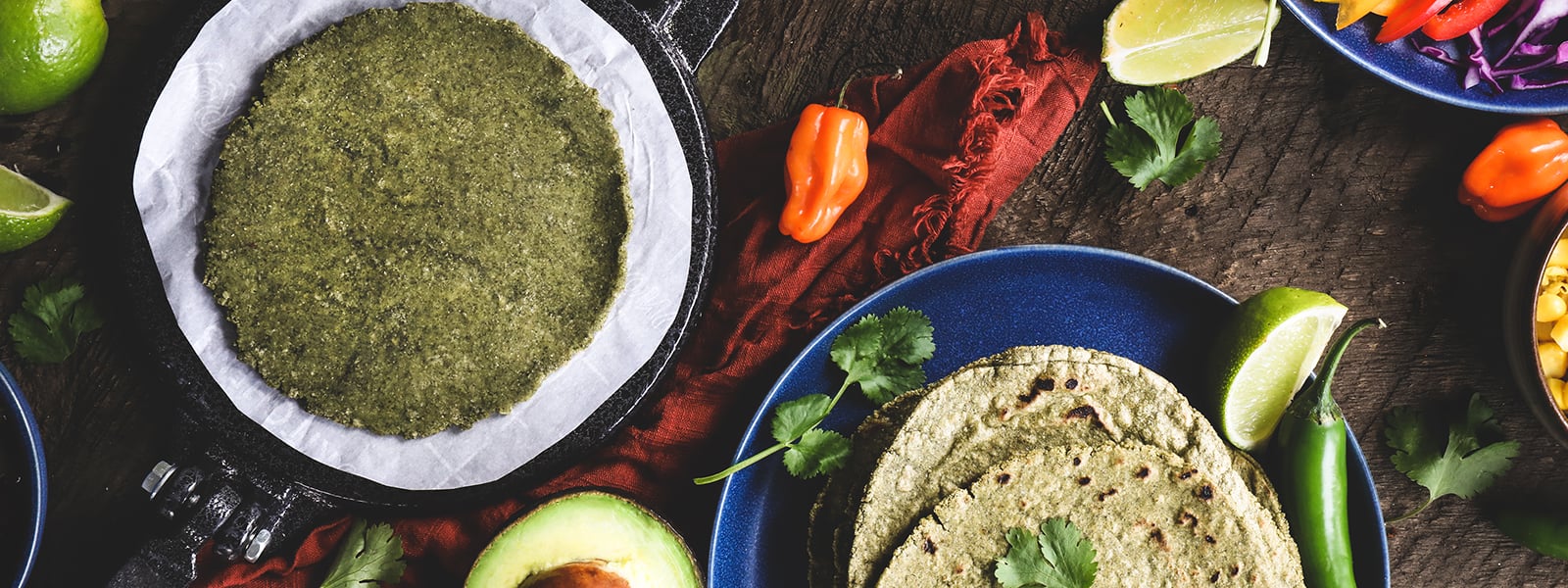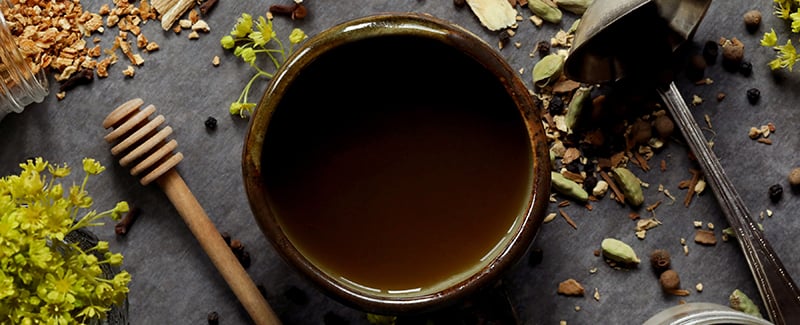JUMP TO RECIPE!
Many of us who are cast iron cooks have read reams of advice about the proper way to season our cast iron pots and pans. To use soap or not when washing, which oils to choose, using a burner vs. the oven, whether or not to add salt—this is one of those topics that people have strong feelings about. I get it, because two of my cast iron skillets were handed down to me from my grandmother, who received them as a wedding gift in 1917. She spent decades perfecting their seasoning. Those skillets came to me in mint condition and they arrived with the stipulation that I maintain their perfection for all the years of my life and teach the next generation how to continue on in the same vein. No pressure or anything!
Read More
